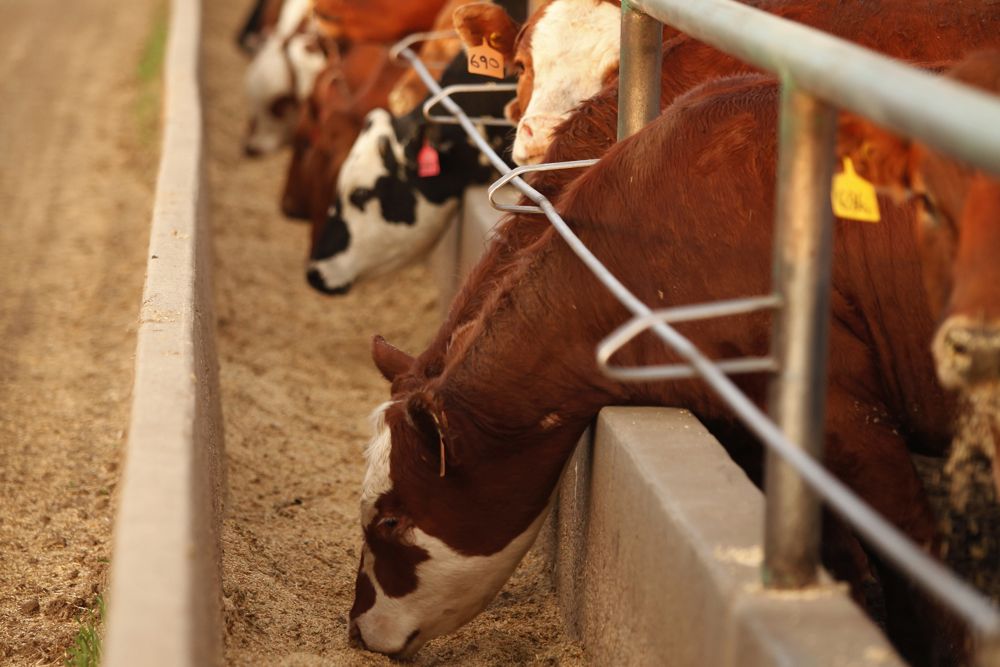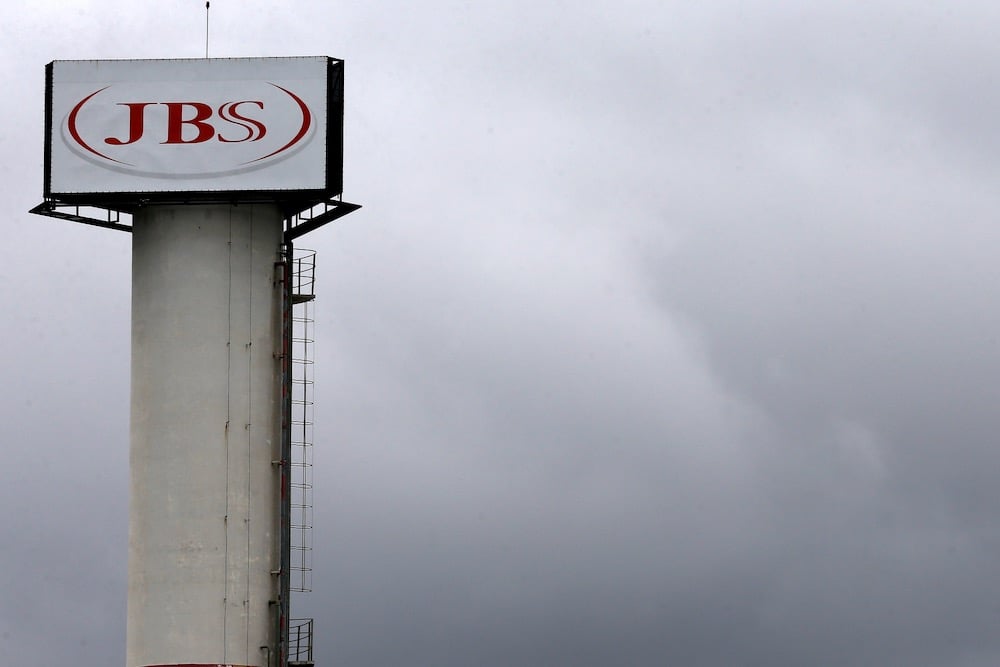Semi-finalists announced in cattle methane reduction challenge

Thirteen semi-finalists were announced today in a federal challenge to come up with economically viable and scalable methane-reduction practices for beef and dairy cattle.
The Agricultural Methane Reduction Challenge was announced back in November, and received 86 applications, both Canadian and international, a federal news release said.
The semi-finalists will receive up to $153,846 and will move on to the prototype development phase of the challenge. Finalists will be chosen next spring.
The semi-finalists are:
Read Also

JBS supplies tallow, lard for sustainable aviation fuel
Brazilian meatpacker JBS is supplying tallow and lard from its international operations for production of renewable aviation fuels, and it is studying a similar initiative in Brazil through the Friboi brand, the company said on Monday.
- AbacusBio’s entry is a tool that selects beef sires based on predicted progeny enteric methane footprint.
- Agropur proposed a feed strategy that uses a dry-extrusion, linseed-based feed ingredient for dairy cow rations.
- Ample Agriculture is developing a feed additive that reduces methane-producing organisms in the rumen.
- ArkeaBio is developing a vaccine to reduce enteric methane production.
- Mon Systeme Fourrager is working on a “decision support tool” for forage systems to help producers adopt methane-reducing strategies.
- Pond Technologies uses a feed additive that reduces methane emissions and makes more energy from feed available to cattle, leading to faster growth or more milk production.
- Semex proposes to develop a breeding protocol and incentive strategy for farmers to incorporate selection for low methane genetics into their breeding programs, and to measure, record and verify methane reductions over time.
- Sustainable Bio Security Inc. uses ozone to decrease methane production through “improving the overall health in dairy farms.”
- TerraWave Radar Solutions uses radio waves to monitor soil quality to identify richer soil areas for optimized grazing.
- Université Laval uses biofiltration, which involves passing exhaust air through an organic substrate to turn methane into carbon dioxide and water vapour.
- WaterPuris uses textile ECG sensors and oxygenated nanobubble water technology to improve overall animal health.
- University of Saskatchewan is evaluating the impact of identifying and selecting genetic traits that allow cattle to eat and digest more fibre while potentially producing less methane.
- University of Saskatchewan is also evaluating various products delivered through drinking water systems as a practical method to reduce enteric emissions in beef cattle grazing systems.
Source: Farmtario.com

